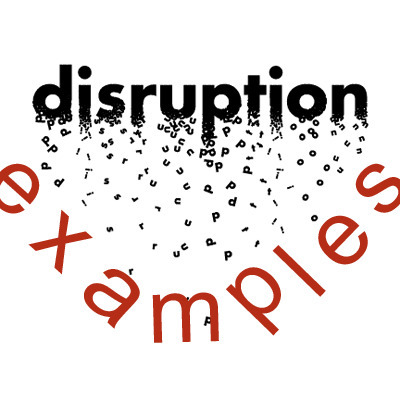This was U.N. Secretary-General António Guterres’ plea to business during his opening of the High-Level Meeting of Caring for Climate, held during COP23 — the annual U.N. climate conference — in Bonn earlier this month. Generally, when the words "misbehave" and "business" appear together, we expect to hear about business behaving badly. But for the secretary-general, this was an enthusiastic call to action for companies everywhere to disrupt "business-as-usual" on climate action and call on governments to ramp up policy ambition.
Via Peter Verschuere, David Hain



 Your new post is loading...
Your new post is loading...













